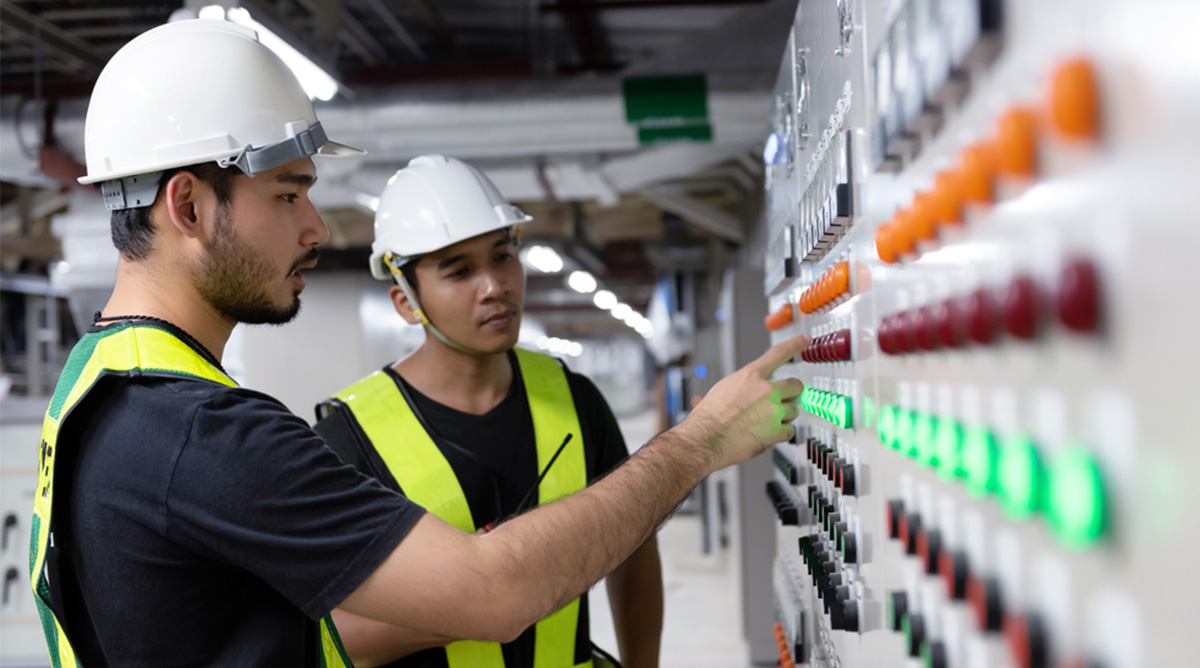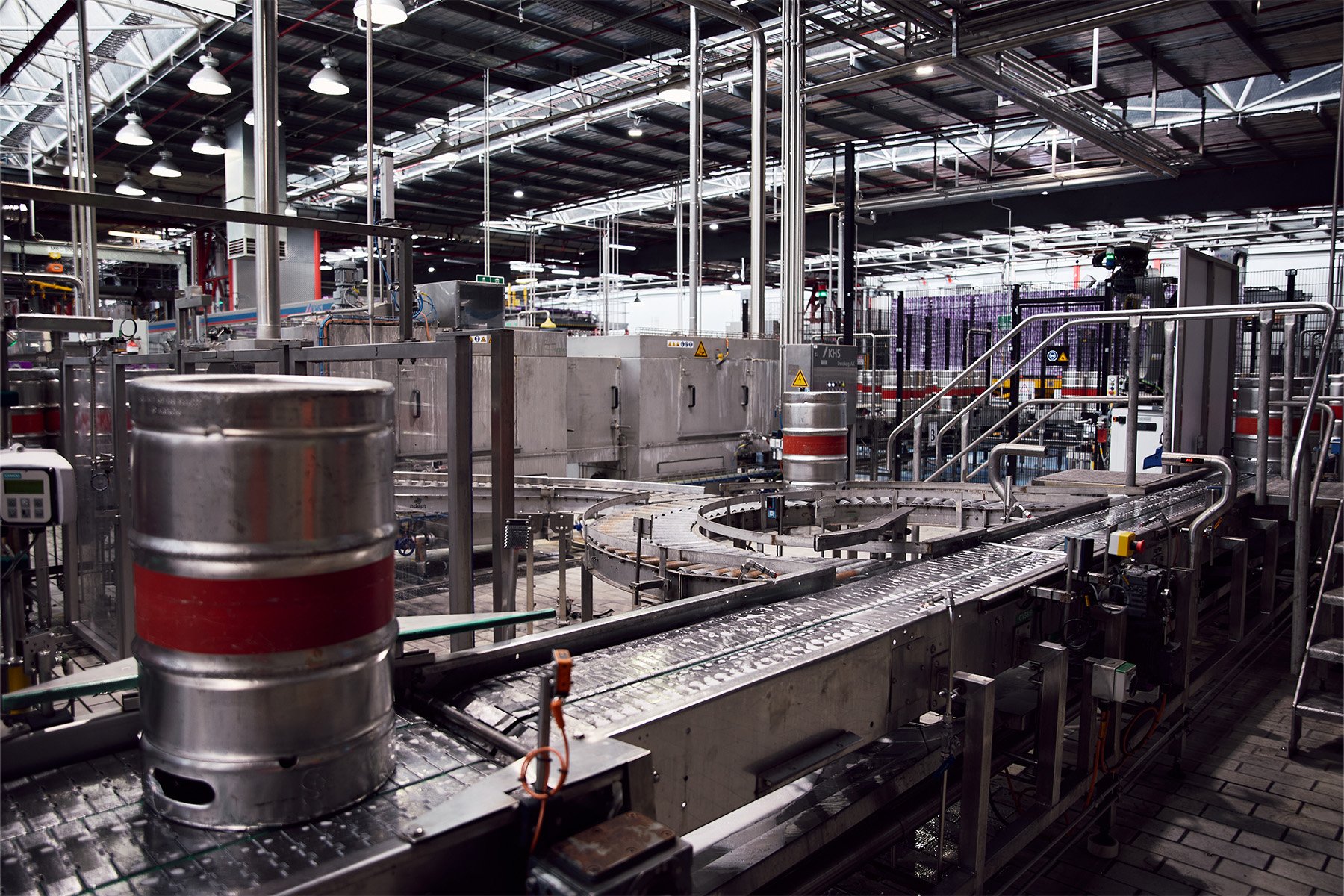The future has arrive! It feels as though you can’t watch or read anything in the technological sphere without this near-hysterical phrase being uttered. And if not uttered, then implied.
Case in point: The Internet of Things (IoT). Machines talking to machines. Connectivity on steroids. You know the sales pitch. Digital transformation. Disruption. Buzzword, something buzzword.
We’ve been hearing about the concept of the IoT for decades now. While it has been given a lot of attention across the board, it has sparked particularly high levels of excitement in heavy industry and manufacturing where we have used sensors connected to computers for a very long time. Yet for many businesses, the promise has outweighed the outcomes. One of the reasons for the lack of tangible results is that technology has been the basket into which businesses put all their fragile eggs. They have done so without a solid strategy or a solid adoption process. The result? The technology’s potential wasn’t harnessed and the project was doomed to fail.
Yet despite the fatigue and the failures, manufacturers are starting to recognise the IoT’s inherent value. In fact, according to Industry Week: ‘Manufacturers around the world have confidence now. About 40% of survey respondents believe that smart manufacturing along with its foundational technology — the Internet of Things—is ready and that it’s the right time to invest. Only 3% dismiss smart manufacturing and the Internet of Things as pure buzzwords.’
In fact, there are businesses who are already working with a high level of connectivity in their manufacturing. In these cases the data generated by IoT technology is providing enormous insights into their business, as well as allowing them to be proactive about decision-making and mitigating risk.
Below are two companies that do prove that the IoT has arrived and has the potential to be a force of change in manufacturing practices.
General Electric: Real-time insights
General Electric is one of the giants of innovation technology with fingers in many pies, including transport, logistics and infrastructure. They have been at the forefront of the latest advancements and have been focused on creating interconnected manufacturing operations.
At this year’s CeBIT Australia exhibition GE’s Australian CIO Mark Sheppard mentioned that the question he gets asked most was: Is the Industrial revolution actually real? His response is that we are finally starting to see some movement. He states: ‘Businesses are only now starting to understand how they can leverage the technology to gain quick-wins for their businesses.’
He gave the example of a client who was losing $150 million due to unplanned downtime which begged the question: What does the most reliable pipeline look-like? GE responded by installing hundreds of sensors in along the pipeline which gave data about the functionality about various sections. With this data, technicians can now be proactive about issues that may have affect performance and fix them before they become a real problem. These measures resulted in a 99.2% up-time.
GE have also applied these types of technology in other areas. radar.oreilly.com mention that GE also installed ‘10,000 sensors in the Durathon battery factory in Schenectady, New York. These sensors were installed throughout the assembly line and within each battery. The sensors generated data which fed through in real-time to IT systems. The shopfloor team could then access that information on their mobile devices in the form of easily readable reports, which could be immediately shared with relevant stakeholders in the business.
This is very significant because these systems ‘promise to eliminate massive information gaps about real-time conditions on the factory floor that have made it impossible to fully optimize production and eliminate waste.’ But what are the gains in these types optimisation? Sheppard acknowledges that in some contexts the savings might appear miniscule, only 1%. But when you are working with multi-billion dollar companies, 1% suddenly doesn’t seem so small. In fact it can translate to ‘$5-7 million dollars in the oil industry and $4-5 billion in healthcare’.
Cisco: The Connected Factory
Cisco is another giant that is harnessing the potential of IoT to create what they term ‘The connected factory’. The Lopez Report: Building Smarter Manufacturing With The Internet of Things (IoT) suggests that Cisco are focusing on integrating 4 key technology elements:
- Network
- Security
- Software systems
- Big data and analytics
As it stands, Cisco research estimates that currently only ‘4% of the devices on the manufacturing floor are actually connected to a network.’ Yet those who have created interconnected environments a seeing real improvement in their processes.
Taking network improvements, Cisco worked with General Motors (GM) to install new, global network architecture into their plants. Not only did this standardise the infrastructure across the various operations, but they created a single team that can monitor the network globally. This overhaul allowed GM ‘to reduce network down-time by 70%.’
Standardisation also has broader benefits. IoT breaks down barriers. With the increasing sophistication of systems, the accessibility and the agility of analysing the data means that you are able to quickly compare more complex data-sets. It also means better trouble-shooting capabilities, optimise inventory management and refine transport logistics.
Are we there yet?
Yet as some of the above indicators indicate, many businesses aren’t even at the ‘nascent’ stage of what the technology can achieve. Key commentators suggest that even the more mature companies are just at the dawn of what it can unlock. Siegfried Dais, deputy chairman of the board of management at German engineering company Robert Bosch GmbH asserts that there are two key areas impeding development.
Firstly, businesses need to radically change their thinking about how we can use exciting technology in new ways. Secondly, we need more people with the skill to drive that change. He cites the following example to illustrate his point:
‘Take cyberphysical systems, which can tell us where every single unit is at any given time. Logistics players often use this tool, but with an old mindset that fails to exploit the advancements the tool was designed to offer. So the first requirement is that logistics players truly use what's new. The second competency is finding people who are able to design robust algorithms: those who make the system user-friendly so that the people who use it day-to-day can immediately recognize problems and know how to react without getting tangled up in a web of interdependencies.’
This point sums up the crux of the issue with IoT. It’s clear that it has arrived and has been here for some time. According to Dais, the technology is available and the mathematics has long been available, what is lacking is the commitment to investing time and talent into ensuring that IoT can fulfill its potential.





